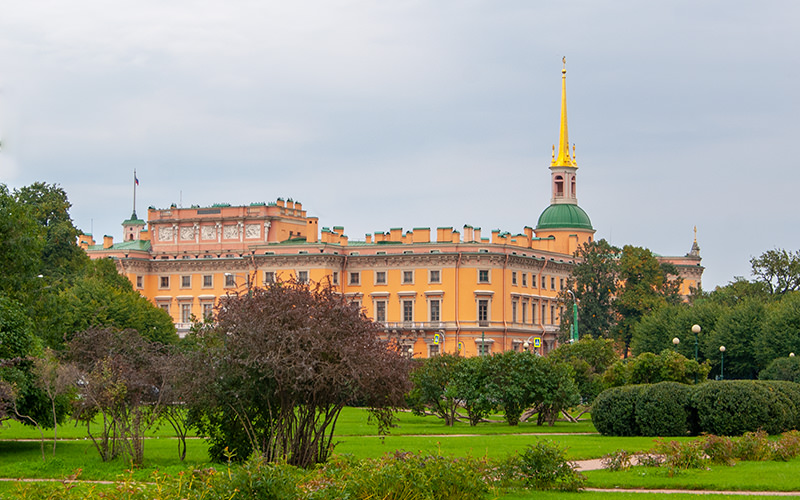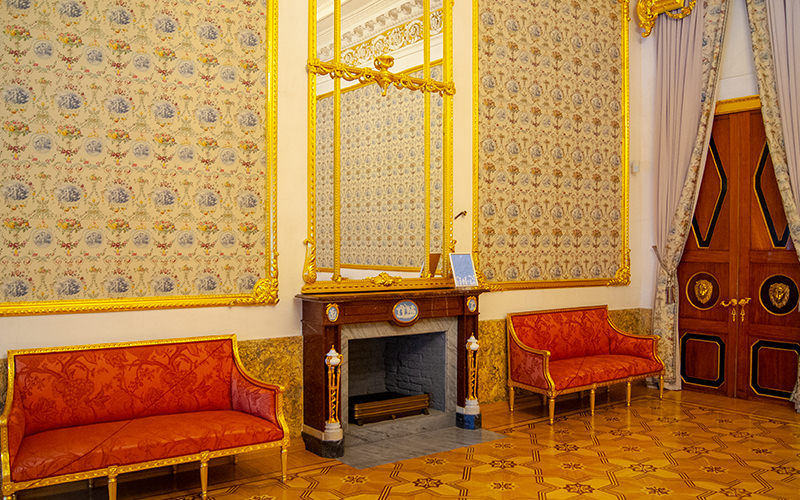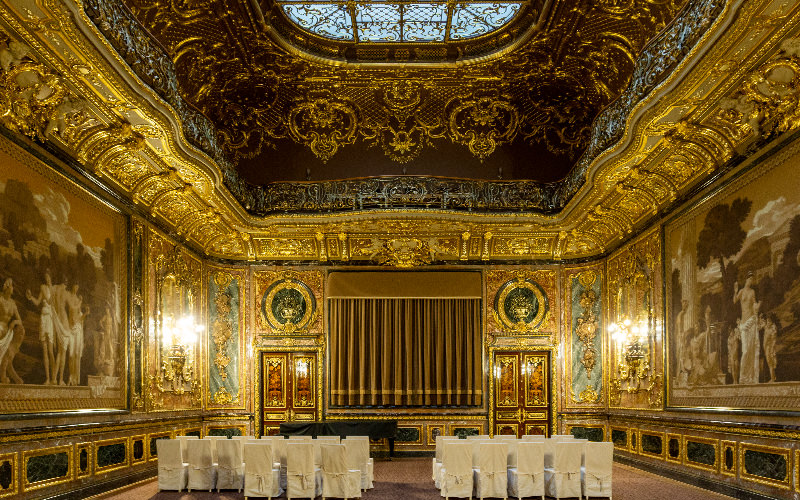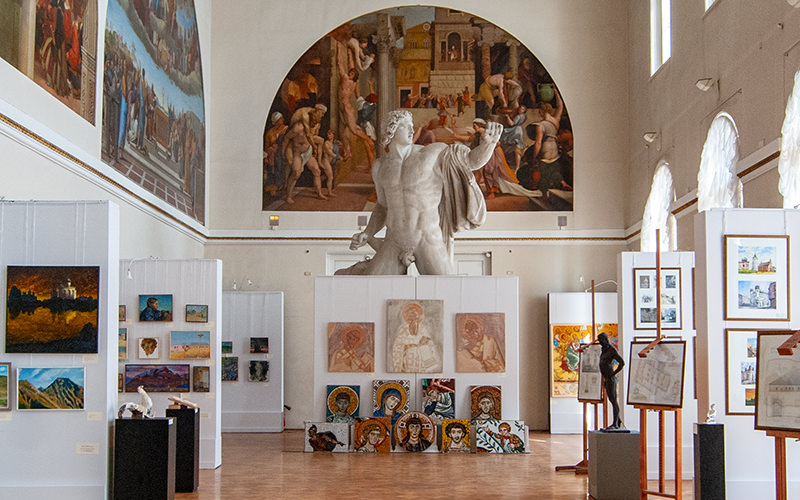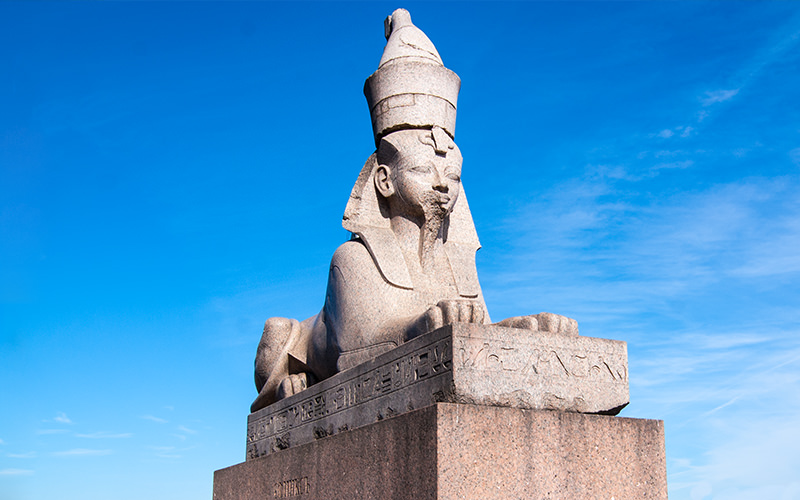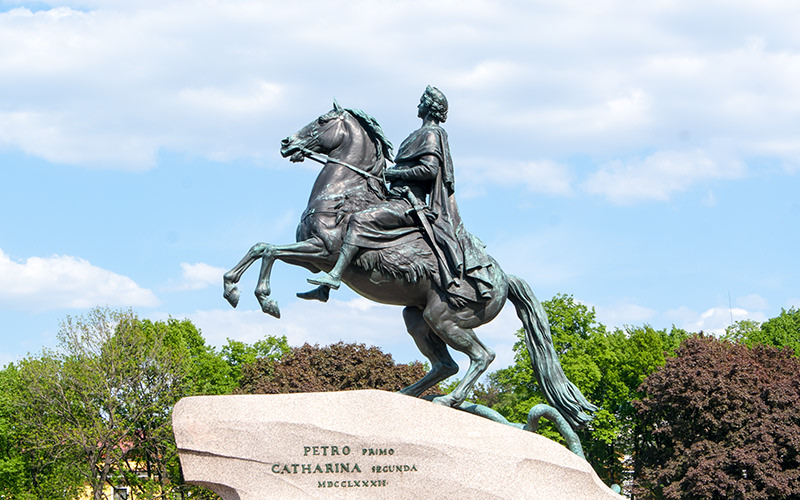Prince Alexander Danilovich Menshikov was a close associate of Peter I for a long time and, from 1725 to 1727, was effectively the ruler of the Russian Empire. Since 1703, Menshikov served as the first Governor-General of St. Petersburg, overseeing the construction of the city and Kronstadt. In 1707, Peter gifted him a vast territory—Vasilyevsky Island. It was here, on Vasilyevsky Island, that Menshikov's estate was located, with the Menshikov Palace at its center.
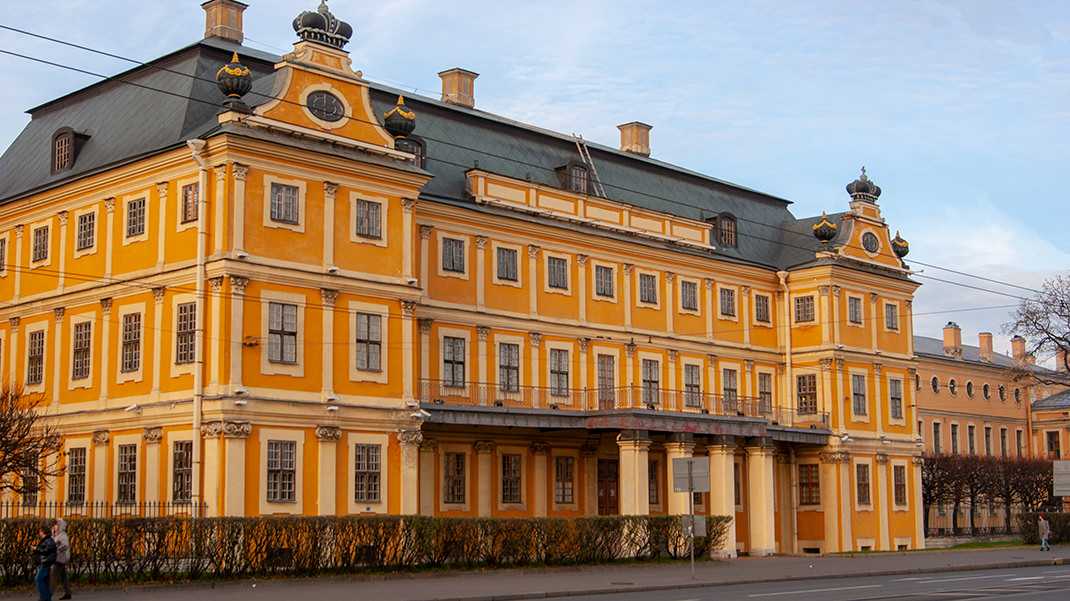
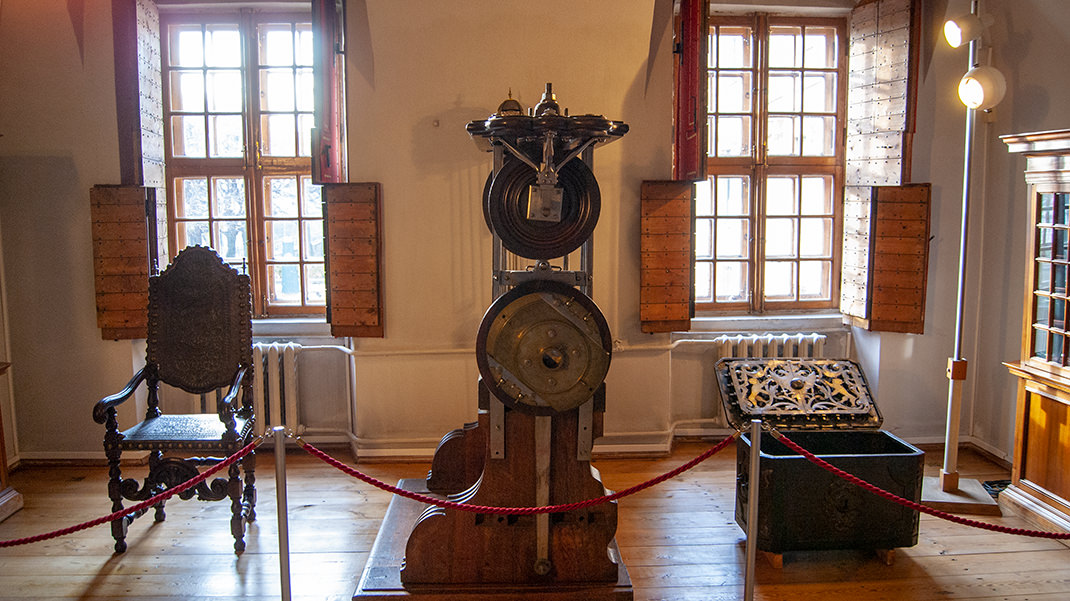
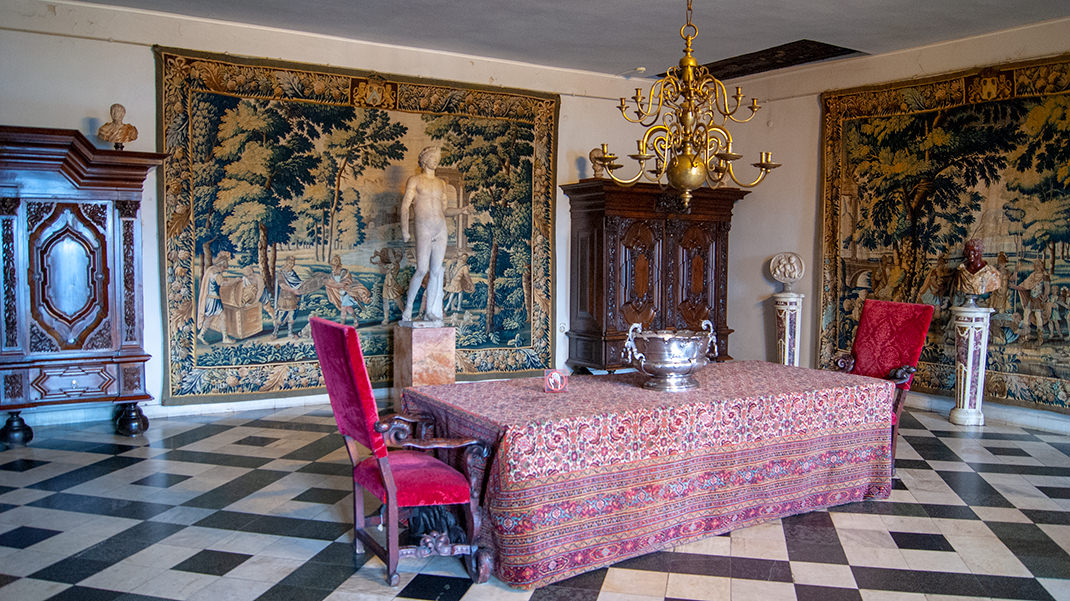
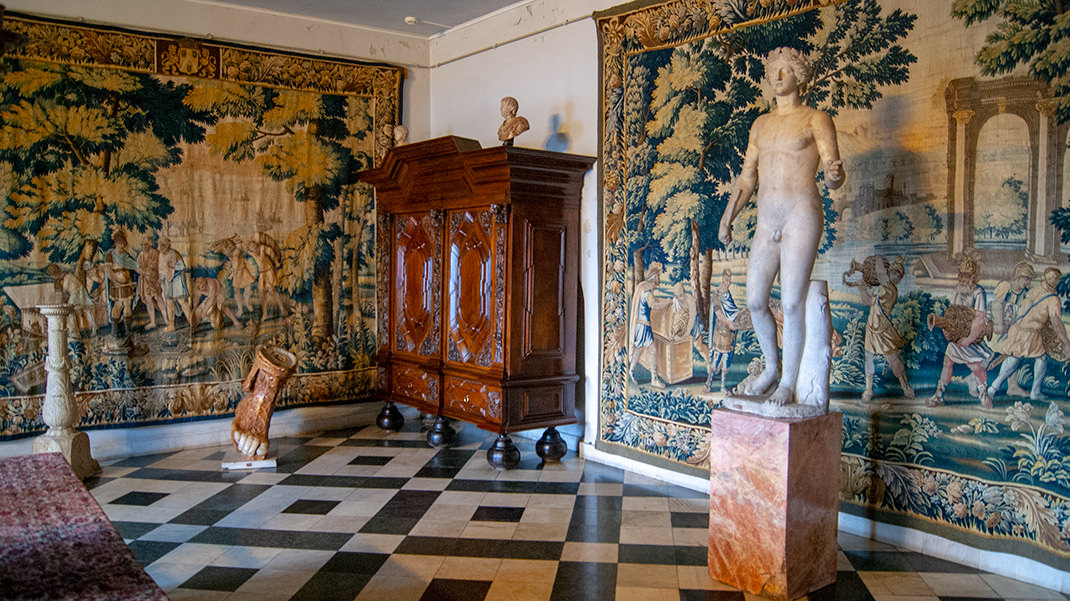
How to Get There
The nearest metro station to the palace is "Vasileostrovskaya." After exiting the metro, turn right onto the 6th and 7th lines of Vasilevsky Island, walk to the University Embankment, and turn left there. The palace is about 500 meters away.
In good weather, you can also walk from the "Admiralteyskaya" station, which is on the opposite side of the Neva. It takes about 30 minutes to get there, but you can combine your walk with visits to other attractions such as the Vasileostrovskaya Spit, Palace Square, and the Admiralty building.
The cost of an adult ticket is 300 rubles (as of November 2018). There is a nice bonus: like all branches of the Hermitage, Menshikov Palace can be visited for free on the third Thursday of each month, March 8, May 18, and December 7. The museum is closed on Mondays.
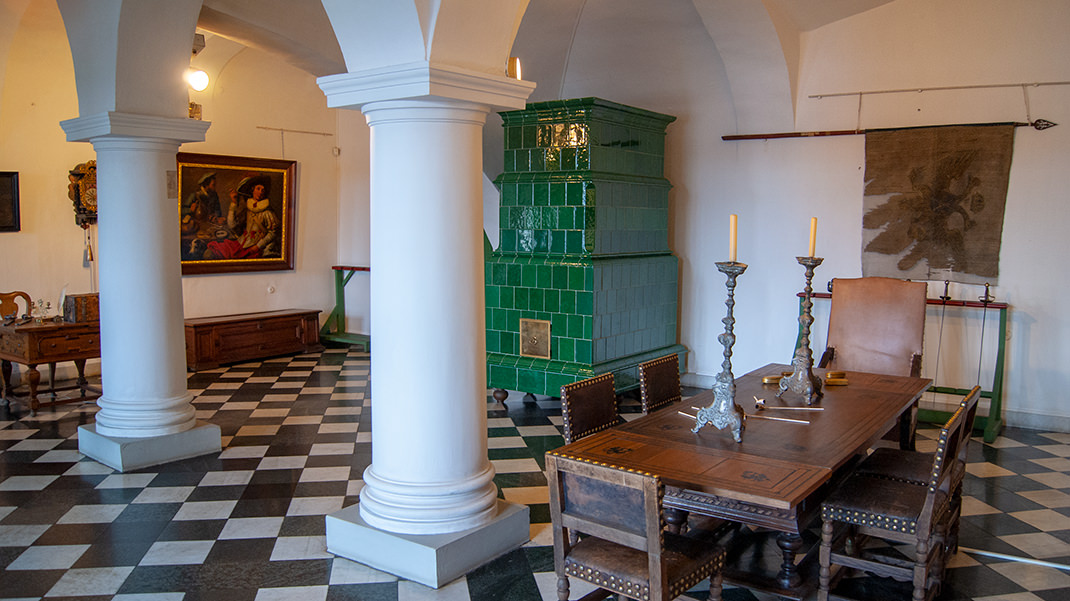
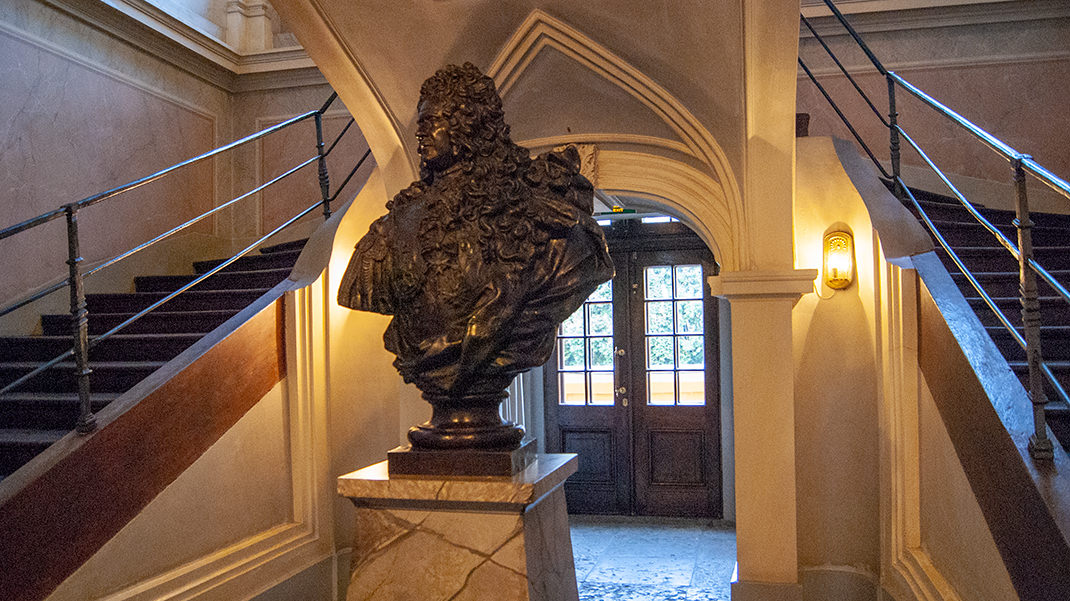
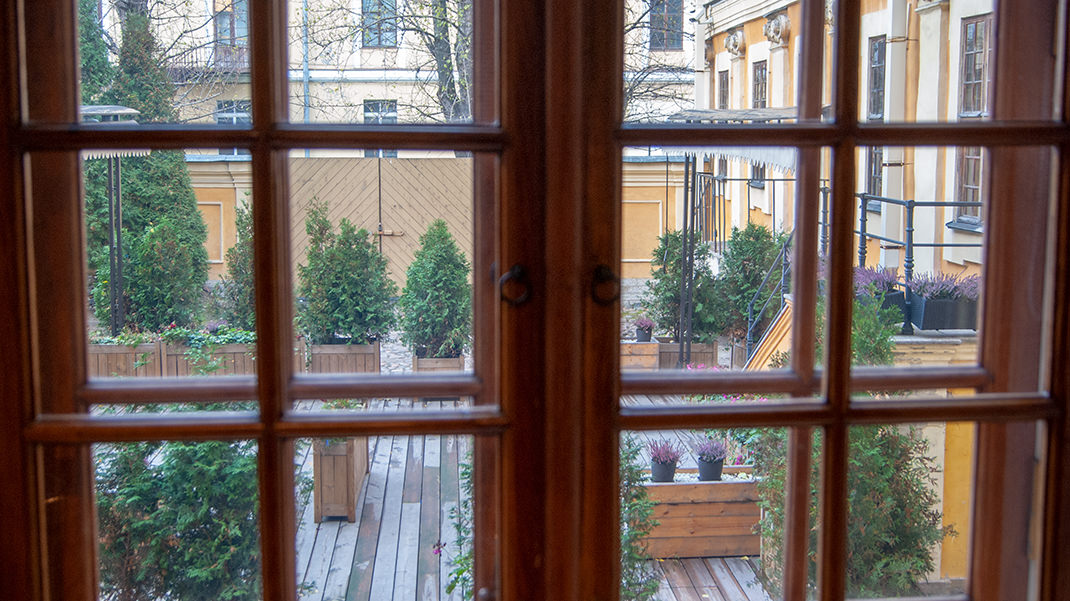
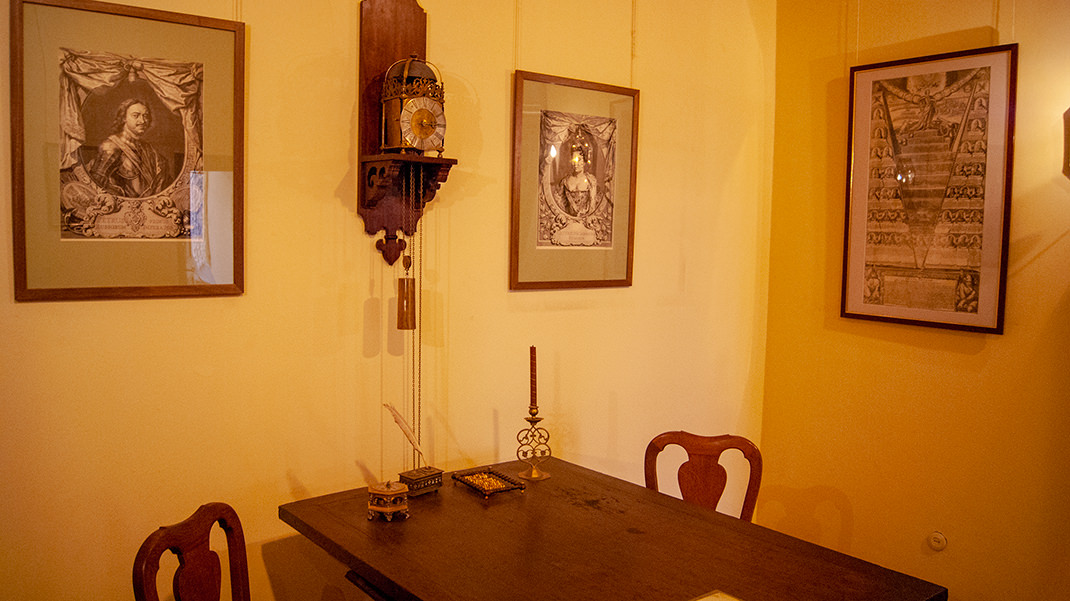
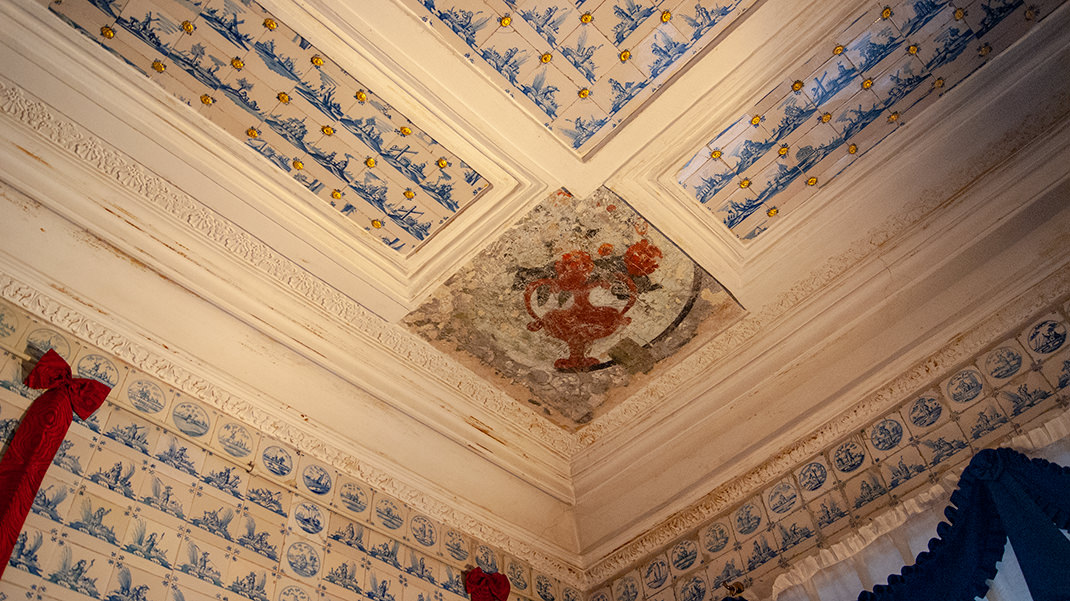
History of Menshikov Palace
Maps of St. Petersburg from 1720 show that Menshikov's estate covered a large area, from the current University Embankment to Makarov Embankment, covering the entire width of the island's eastern part. Construction of the palace began in 1710. The architects were Giovanni Maria Fontana (Lefortovo Palace, Gagarin Palace) and Johann Gottfried Schadel (Favorit Palace in Strelna). The finishing work was completed only in 1727.
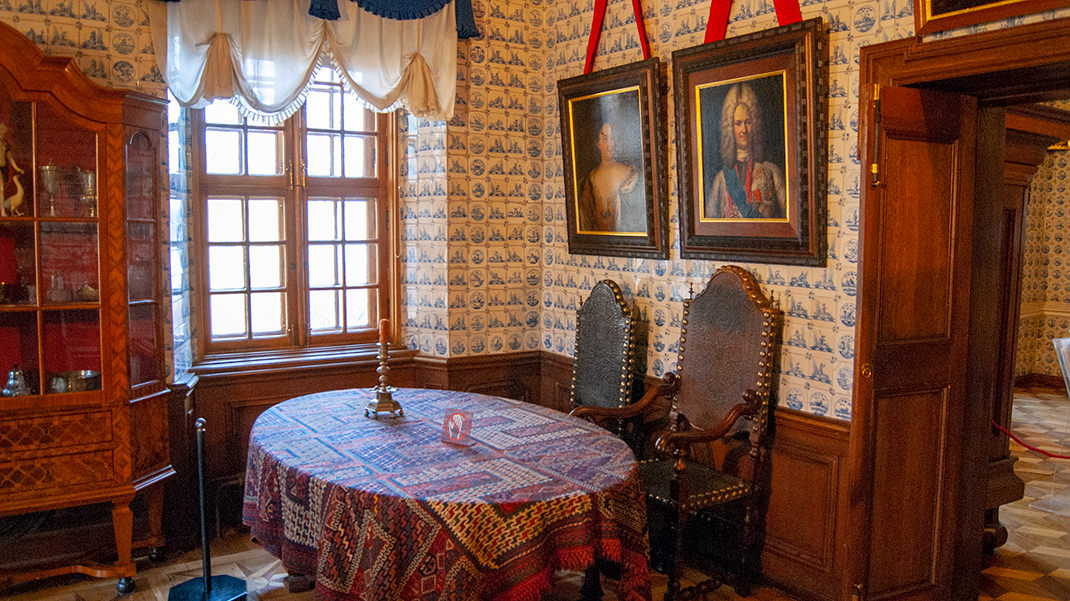
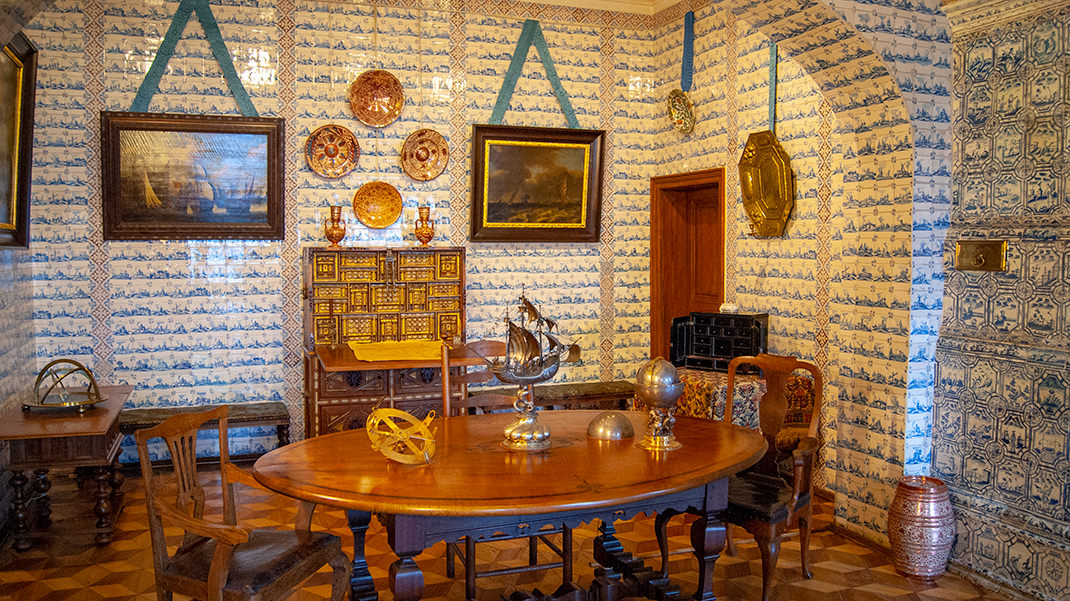
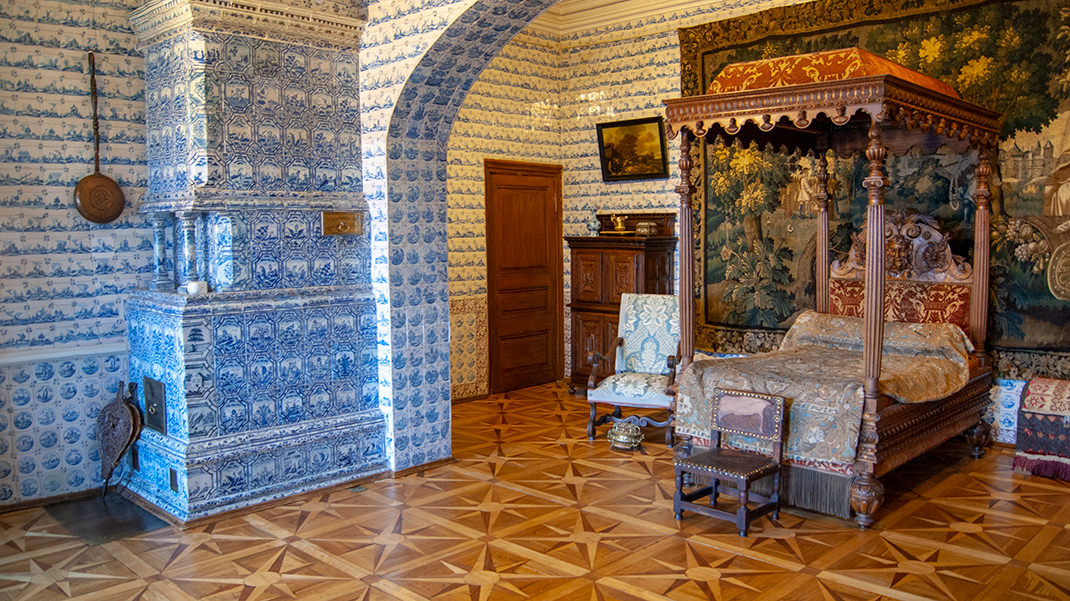
The palace was built in the Petrine Baroque style. Peter himself called the Menshikov Palace the "Embassy House," where various events for the royal family were held: feasts, dinners, weddings
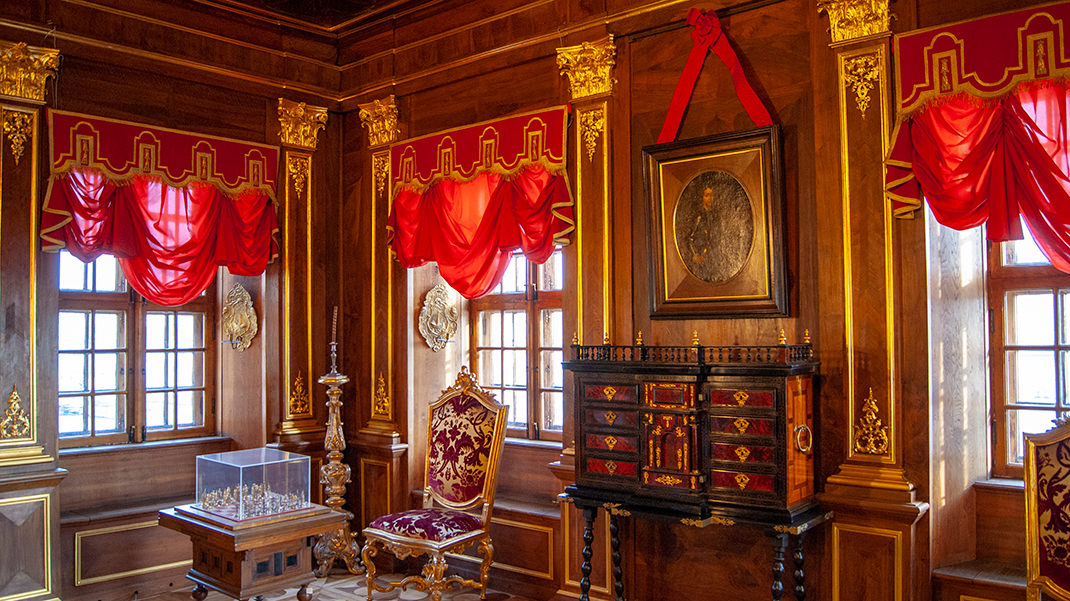
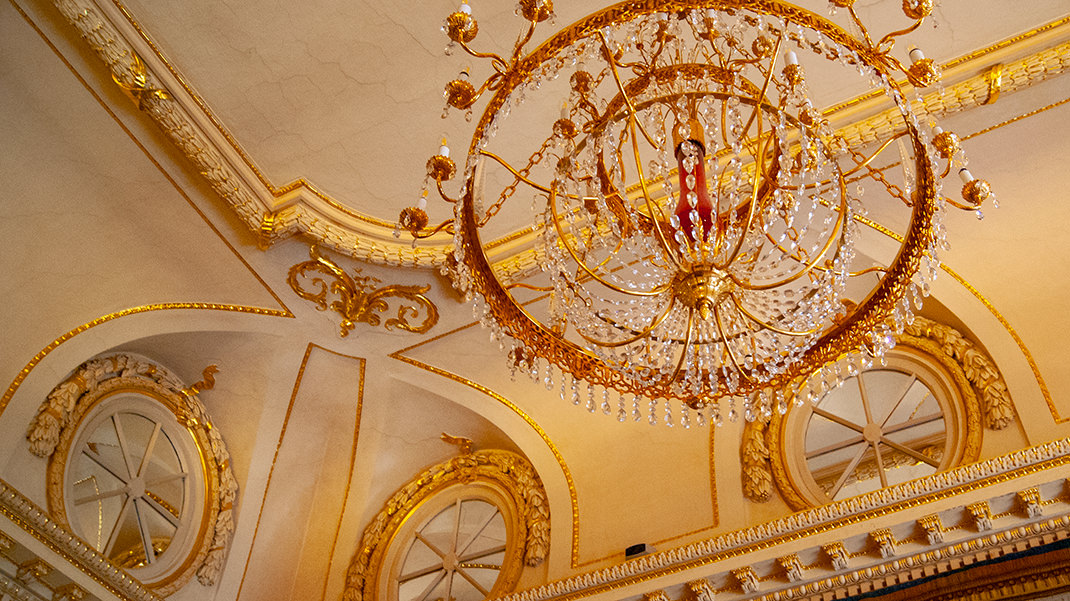
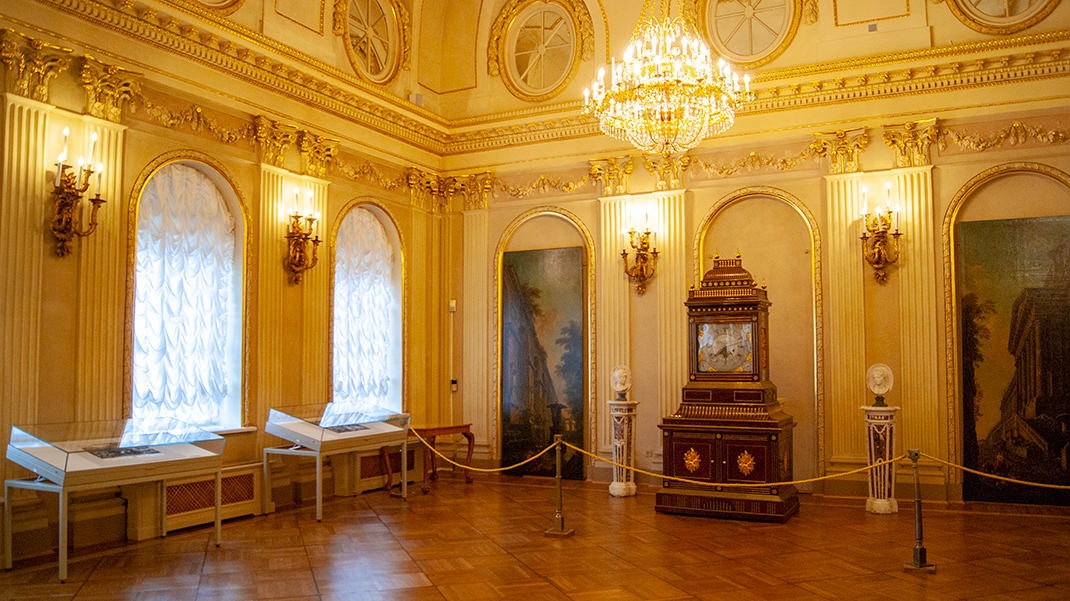
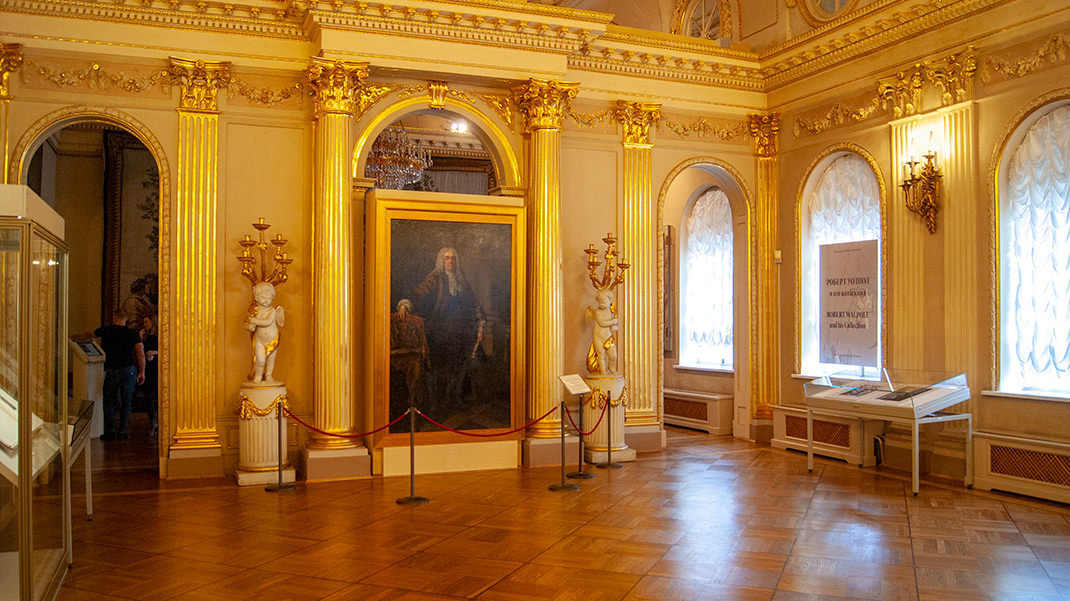
After Menshikov was arrested and exiled in 1727, the palace was transferred to the city's administration. It later housed the Cadet Corps. Today, the palace is a branch of the Hermitage and is open to visitors.
What to See
The museum's collection is extensive, featuring items of utensils, art, and architecture from various countries, epochs, and styles. Each hall has an information stand with details about the room. On the first floor, you'll find the "Kitchen," "Turning Shop," "Great Chamber," and "Guardhouse" (for the guard). The second floor, accessible by stairs, contains various living quarters: offices, bedrooms, dining rooms, and a large ceremonial hall.
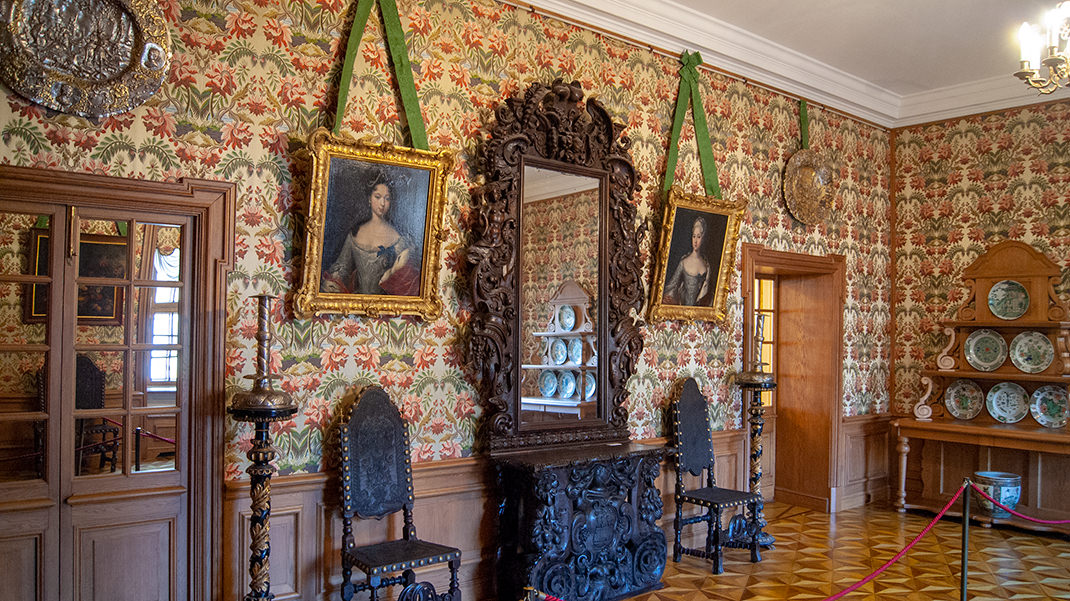
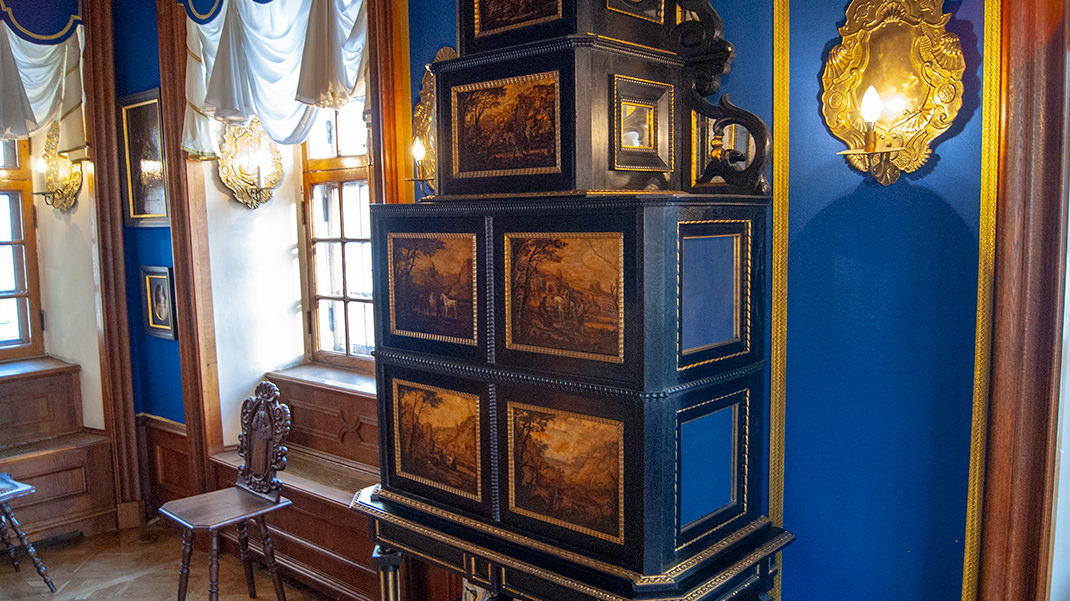
Notably, the interiors are decorated in various styles: for example, the pre-bedroom has faience tiles on the walls, the western reception room is wallpapered with silk, and the "nut" room is finished with natural wood. Visiting all the palace's rooms will take at least a couple of hours.
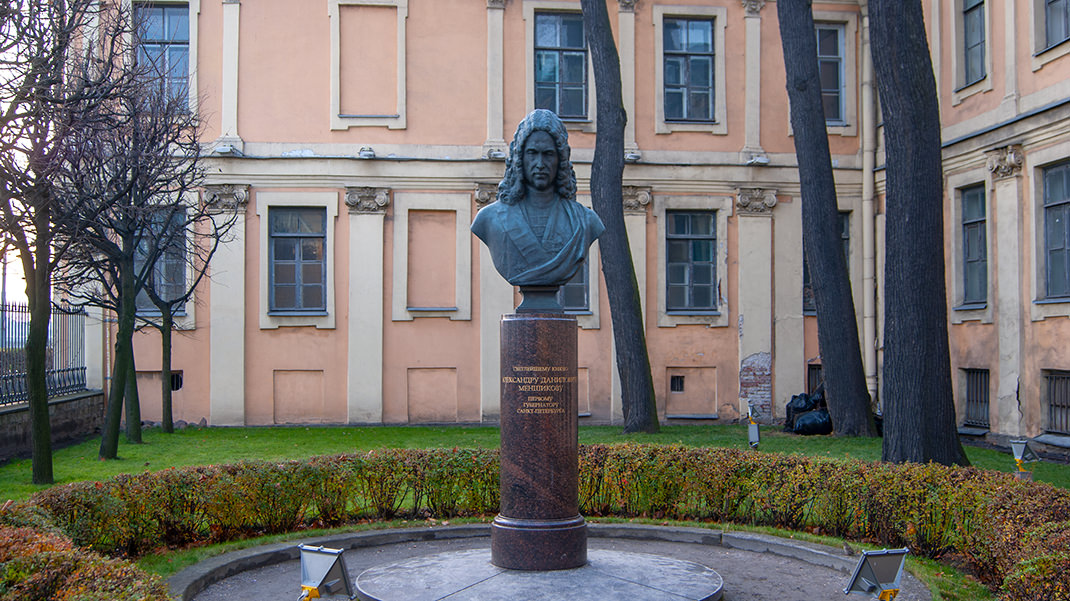
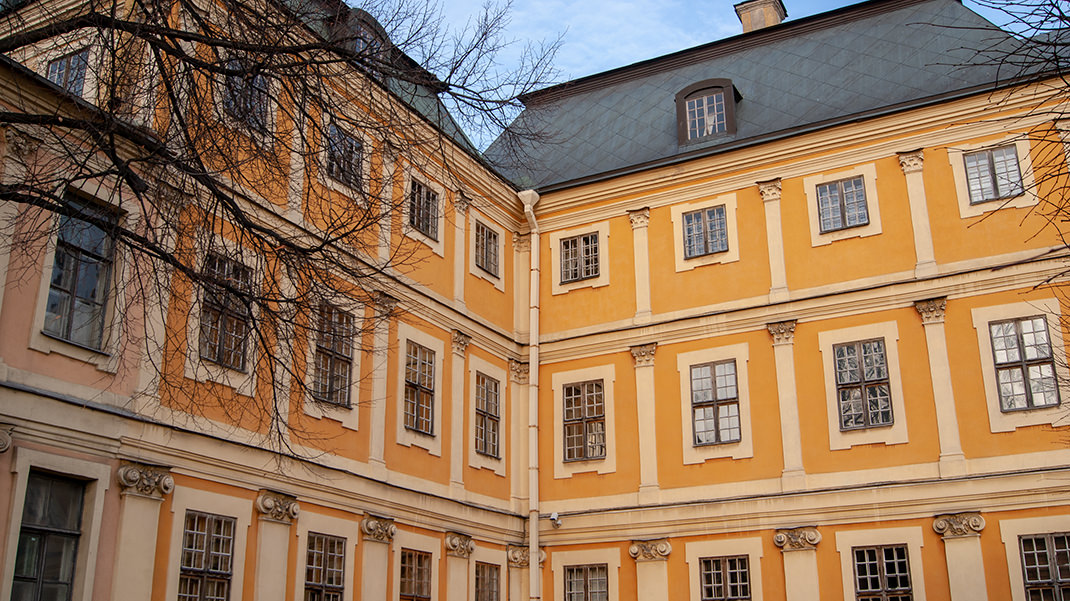
This part of the city is rich in attractions: nearby are the Kunstkamera and the Zoological Museum, and across the Neva are the Bronze Horseman and St. Isaac's Cathedral.
In summary:
- Experience the atmosphere of Peter's times in the heart of the city;
- Don’t forget the free admission days—a great opportunity to save;
- The palace's interiors offer excellent opportunities for atmospheric photography.


